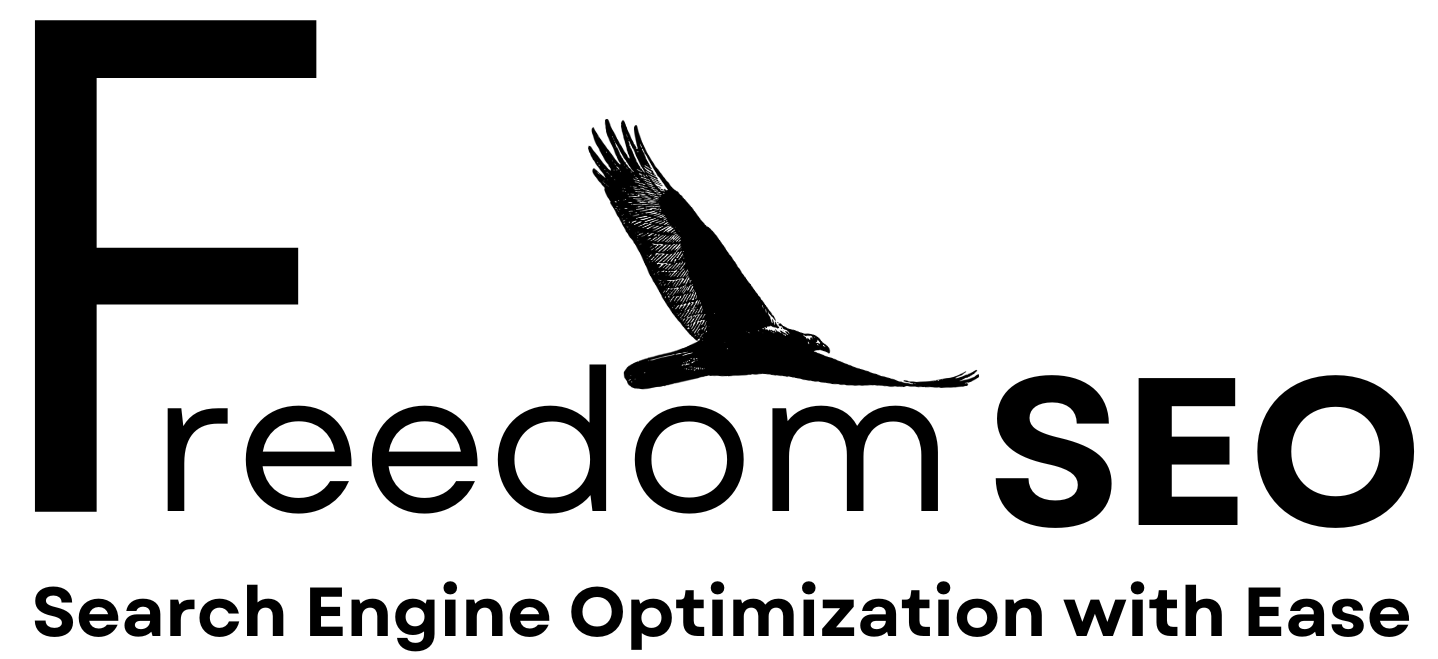Understanding Branding for Small Business Success

Branding often gets reduced to just a logo or a catchy name, but the real story runs much deeper. Surprisingly, it takes five to seven consistent impressions before customers remember a small business’s brand . This means a single ad or social post barely makes a dent. There is a whole science behind why some businesses stick in your head and others fade away, and it is not what you expect.
Table of Contents
- The Essence Of Branding: What Is Branding For Small Business?
- The Importance Of Branding: Why Does It Matter For Your Business?
- How Branding Works: The Mechanisms Behind Brand Identity
- Key Concepts In Branding: Elements And Strategies For Small Business
- Real-World Examples: Successful Branding In Small Business Contexts
Quick Summary
| Takeaway | Explanation |
|---|---|
| Branding is more than a logo. | It includes unique values, mission, and personality that resonate with customers. |
| Consistent messaging builds trust. | Clear and uniform communication across platforms fosters credibility and encourages customer loyalty. |
| Authenticity in storytelling is key. | Genuine narratives about your business create emotional connections and differentiate you from competitors. |
| Engage through digital channels. | Utilize social media and online content to strengthen relationships and enhance brand visibility. |
| Your brand is a strategic asset. | An effective brand not only attracts customers but also builds long-term loyalty and competitive positioning. |
The Essence of Branding: What is Branding for Small Business?
Branding represents the core identity and perception of a small business in the marketplace. More than just a logo or visual design, branding communicates the unique personality, values, and promise of a business to potential customers. According to Better Business Bureau , successful branding requires approximately five to seven consistent impressions before customers truly remember and recognize a brand.
Understanding Brand Identity
A brand identity encompasses multiple strategic elements that work together to create a cohesive business image. These elements include:
- Visual design components like logos, color palettes, and typography
- Consistent messaging and communication style
- Company values and mission statement
- Unique value proposition that differentiates the business
Small businesses must craft a brand identity that authentically represents their mission while resonating with their target audience. Your brand should tell a compelling story that connects emotionally with potential customers and distinguishes your business from competitors.
Why Branding Matters for Small Businesses
Effective branding goes beyond aesthetic appeal. It builds trust, credibility, and recognition in a competitive marketplace. When customers understand what your business stands for, they are more likely to choose your products or services over alternatives.
Learn more about strategic brand development to elevate your business presence.
Small businesses that invest time and resources into developing a strong brand can expect significant benefits:
- Increased customer loyalty and repeat business
- Enhanced perceived value of products or services
- More effective marketing and advertising efforts
- Stronger competitive positioning

By understanding and implementing strategic branding, small businesses can create a powerful market presence that attracts and retains customers through authentic, memorable communication.
The Importance of Branding: Why Does it Matter for Your Business?
Branding is a critical strategic asset that transforms how customers perceive and interact with your business. According to Oklahoma State University’s Extension Service , a brand represents the intersection between an organization’s actions and public perception, serving as a powerful relationship-building tool.
Building Business Credibility and Trust
A well-crafted brand does more than create visual recognition. It communicates your business’s core values, mission, and unique value proposition . When potential customers understand what makes your business special, they are more likely to trust and choose your products or services. Small businesses that develop a consistent and authentic brand narrative can establish deeper connections with their target audience.
Key elements that contribute to building credibility include:
- Clear and consistent messaging across all platforms
- Professional visual representation
- Transparent communication about business values
- Demonstrating expertise in your industry
Competitive Differentiation and Market Positioning
In a crowded marketplace, branding is your secret weapon for standing out. Your brand helps potential customers understand why they should choose your business over competitors . Explore strategies for business visibility to enhance your market positioning.
Effective branding allows small businesses to:
- Create a memorable and distinctive market presence
- Justify premium pricing through perceived value
- Attract ideal customers who align with your brand’s values
- Build long-term customer loyalty and recognition
By investing time and resources into developing a strong, authentic brand, small businesses can transform from being just another option to becoming the preferred choice in their industry. Your brand is not just a marketing tool, but a strategic asset that communicates your business’s unique story and value proposition.
How Branding Works: The Mechanisms Behind Brand Identity
Brand identity is a complex psychological and strategic framework that connects businesses with their target audience through multifaceted communication mechanisms. According to South African Journal of Business Management , brand awareness and brand image play critical roles in shaping how consumers perceive and interact with a business.
The Psychological Components of Brand Identity
Brand identity operates through several interconnected psychological channels that transform visual and communicative elements into meaningful consumer experiences. These channels help businesses create emotional connections that go beyond simple transactional relationships.
Key psychological mechanisms include:
- Emotional resonance with target audience values
- Creating a sense of belonging and community
- Establishing trust through consistent messaging
- Developing a distinctive personality that reflects business ethos
Small businesses can leverage these mechanisms by developing a brand narrative that speaks directly to their customers’ aspirations, challenges, and fundamental beliefs.
Constructing a Coherent Brand Experience
A robust brand identity requires strategic alignment across multiple touchpoints. Every interaction customers have with your business contributes to their overall brand perception . Learn more about building compelling business narratives to enhance your brand strategy.
Effective brand construction involves:
- Consistent visual design across all platforms
- Uniform communication tone and messaging
- Authentic representation of business values
- Responsive and engaging customer interactions
By understanding these intricate mechanisms, small businesses can craft brand identities that not only attract customers but also build lasting, meaningful relationships that transcend traditional marketing approaches.
Key Concepts in Branding: Elements and Strategies for Small Business
Branding for small businesses is a strategic process that goes beyond visual design, encompassing a comprehensive approach to business identity and market positioning. According to the Better Business Bureau , successful branding requires a holistic strategy that differentiates a business in a competitive marketplace.
Core Elements of Brand Development
Effective brand development involves multiple interconnected components that work together to create a cohesive business identity. These elements form the foundation of how customers perceive and interact with your business.
Critical brand development elements include:
- Visual identity (logo, color scheme, typography)
- Unique value proposition
- Consistent messaging and communication style
- Authentic representation of business values and mission
Small businesses must carefully craft these elements to create a memorable and compelling brand narrative that resonates with their target audience.
The table below summarizes the core elements of brand development for small businesses and provides concise explanations of each component for easier scanning and reference.
| Brand Element | Description |
|---|---|
| Visual Identity | Logo, colour scheme, and typography used consistently to represent the business visually. |
| Unique Value Proposition | The distinct benefit or advantage the business offers to set it apart from competitors. |
| Consistent Messaging Style | A unified tone and message communicated across all platforms and customer interactions. |
| Business Values and Mission | The guiding principles and purpose of the business, conveyed authentically in branding. |
Strategic Branding Approaches
Branding is not a one-time effort but an ongoing strategic process that requires continuous refinement and alignment. Successful small businesses treat their brand as a dynamic asset that evolves with market conditions and customer expectations . Explore strategic approaches to business growth to enhance your branding efforts.
Key strategic branding approaches for small businesses include:
- Developing a clear and distinctive brand personality
- Maintaining consistency across all customer touchpoints
- Regularly gathering and incorporating customer feedback
- Adapting brand strategy to changing market dynamics
By understanding and implementing these key concepts, small businesses can create a powerful brand identity that attracts customers, builds trust, and differentiates them in a crowded marketplace.
Real-World Examples: Successful Branding in Small Business Contexts
Successful branding transforms small businesses from generic service providers into memorable, distinctive market players. According to research exploring service SME branding strategies , innovative approaches to internal branding and digital marketing can significantly differentiate businesses in competitive markets.
Crafting Authentic Brand Narratives
Effective small business branding goes beyond aesthetic design , focusing instead on creating genuine connections with target audiences. Successful brands develop compelling narratives that communicate their unique value proposition and core mission.
Key characteristics of authentic brand storytelling include:
- Highlighting the founder’s personal journey
- Demonstrating commitment to community values
- Showcasing genuine problem-solving capabilities
- Presenting transparent and relatable business practices
Small businesses that master these storytelling techniques can transform their brand from a mere service provider into a trusted community partner.
Digital Branding and Online Presence
In today’s digital landscape, small businesses must leverage online platforms to build and communicate their brand identity. Digital channels offer unprecedented opportunities for creating meaningful customer connections . Discover local marketing strategies to enhance your online branding efforts.
Strategic digital branding approaches include:
- Developing consistent messaging across social media platforms
- Creating valuable, industry-specific content
- Engaging directly with customers through interactive online channels
- Utilizing customer testimonials and user-generated content
By understanding and implementing these real-world branding strategies, small businesses can create powerful, memorable brand identities that resonate with their target audiences and drive sustainable growth.

Ready to Transform Your Business Into a Recognizable Brand?
Are you finding it difficult to stand out in your local market or turning first impressions into lasting recognition? If building authentic brand identity and boosting your business visibility feels overwhelming, you are not alone. The article highlighted how a strong brand can earn trust, foster loyalty, and set you apart from the competition. Without clear messaging and a consistent digital presence, even the best small businesses struggle to connect with customers in a meaningful way. Our full-service Canadian agency understands how to tell your story, optimize your website, and create the memorable impressions your brand needs to stick in customers’ minds.

Take the first step towards owning your market today. Visit Freedom SEO to find out how our expert team can help craft your unique brand voice and secure a top Google ranking. Whether you need local SEO solutions for Canadian businesses , new website builds, or Google Business Profile management, we deliver results with fast turnaround and guaranteed improvement. Reach out for a free consultation now and make your business the one customers trust and remember.
Frequently Asked Questions
What is branding and why is it essential for small businesses?
Branding is the process of creating a unique identity and perception of your business in the marketplace. It encompasses visual elements like logos and color schemes, as well as messaging and values. Effective branding builds trust, credibility, and customer recognition, making it essential for small businesses looking to differentiate themselves in a competitive market.
How can small businesses create a strong brand identity?
Small businesses can create a strong brand identity by defining their visual elements (logo, color scheme), crafting a consistent messaging style, communicating their values and mission, and developing a unique value proposition that resonates with their target audience.
What are the benefits of investing in branding for my small business?
Investing in branding can lead to increased customer loyalty, enhanced perceived value of your products or services, more effective marketing strategies, and stronger positioning against competitors. A strong brand can make your business the preferred choice for customers.
How can storytelling enhance a small business’s branding strategy?
Storytelling can enhance branding by creating emotional connections with customers. By sharing authentic narratives about your business’s journey, values, and community impact, you can foster trust and loyalty, making your brand more relatable and memorable to your audience.
Recommended
















